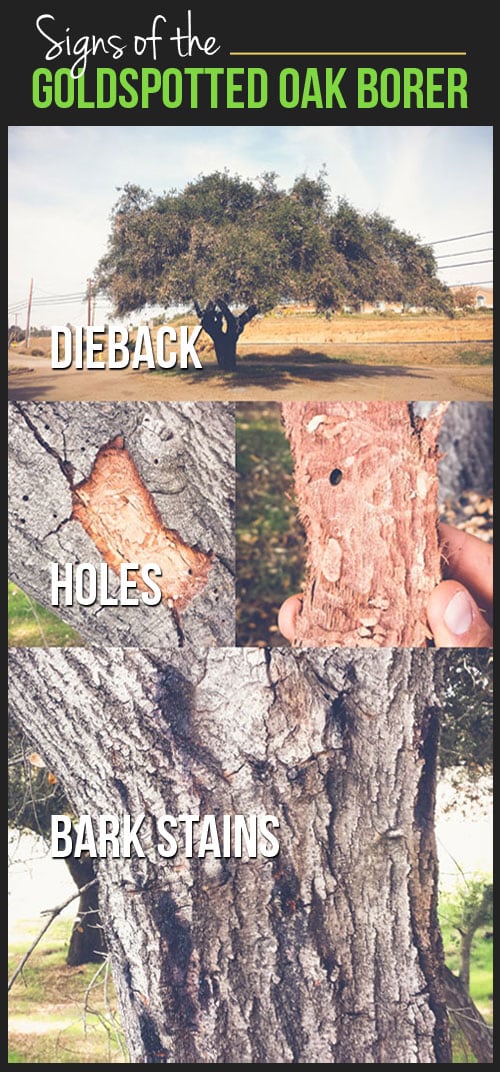After Eliminating Trees, Proper Treatment Is Very Important For Landscape Healing; Learn The Needed Actions To Restore Your Space And Prevent Forthcoming Difficulties
After Eliminating Trees, Proper Treatment Is Very Important For Landscape Healing; Learn The Needed Actions To Restore Your Space And Prevent Forthcoming Difficulties
Blog Article
Web Content Writer-Nunez McKinnon
After a tree's removal, your landscape might look quite various, and it's necessary to evaluate the after-effects very carefully. You'll intend to review the soil disturbance and inspect surrounding plants for any type of indications of stress. Disregarding these factors can bring about bigger troubles down the line. So, what should you make with those stumps and roots? And just how do you pick the most effective plants for your rejuvenated room? Let's discover these crucial steps.
Examining the Aftermath: Evaluating Your Landscape
After a tree removal, it's critical to examine your landscape to recognize the impact it has on your yard.
Start by examining the area where the tree stood. Try to find How To Prune A Persimmon Tree of soil disruption, and examine the bordering plants for any type of stress or damage.
You should also keep in mind of exactly how the elimination has transformed sunlight exposure and airflow in your yard. This shift can influence the growth of nearby plants, so it's necessary to evaluate their health and wellness.
Consider the visual facets as well; the elimination could develop an open space that you can revamp.
Lastly, think of any kind of prospective erosion problems that may develop from the tree's absence. Resolving these elements early will help restore balance to your landscape.
Managing Stumps and Roots: Choices for Removal
Once you've assessed the after-effects of the tree removal, you'll likely require to deal with the stump and roots left.
You have a few alternatives for removal. One reliable approach is stump grinding, where a professional uses a device to grind the stump down to below ground level. This method leaves very little disturbance to your landscape.
If you favor a do it yourself technique, you can use a mix of digging and chemical stump eliminators. Simply keep in mind, this process can take some time and initiative.
Alternatively, consider leaving the stump as a natural feature, which can function as an unique garden element or habitat for wild animals.
Whatever you choose, dealing with the stump and origins is crucial for recovering your landscape.
Choosing the Right Plants for Your New Space
As you examine your freshly gotten rid of space, choosing the right plants can considerably boost your landscape's charm and capability.
Beginning by taking into consideration the sunshine and dirt problems. For Prune Weeping Tree , select drought-resistant plants like lavender or succulents. In shaded areas, brushes and hostas flourish well.
Think of the dimension and growth behaviors of your plants; mix perennials and annuals for seasonal range. Do not forget to include indigenous species; they call for less maintenance and support local wild animals.
Team plants in odd numbers for a more natural appearance and develop layers for visual deepness.
Ultimately, ensure you have a mix of shades and textures to keep your landscape lively throughout the periods.
Satisfied growing!
Conclusion
To conclude, recovering your landscape after tree removal is a gratifying procedure. By examining Palm Tree Removal Free , attending to stumps and roots, and choosing the right plants, you'll produce a flourishing setting. Don't fail to remember to include erosion control actions to safeguard your soil. With a little initiative and care, you can transform your room into a lively garden that boosts your residential property. Welcome the chance to renew your landscape and enjoy the charm of nature right in your backyard!
